A million colors come with spring but one particular shade of blue bedevils the imaginations of northeastern American birders this time of year: cerulean. Actually, this lovely hue only matters when it adorns the plumage of the dynamic Dendroica cerulea, better known as the Cerulean Warbler.
Seth and I have both seen ceruleans before but, like most of our peers, have never gotten enough of these rare canopy-gleaners. Our efforts thus far this spring to find them have been fruitless. So, when Seth asked me if I wanted to chase this particular species of warbler, I was interested but far from optimistic about our chances. What I didn’t realize, however, is what a true birder my brother-in-law has become. Seth scanned Genesee Birding, memorized the cerulean’s song, and even browsed the NYS Breeding Bird Atlas Species Distribution Map. He learned that Norway Road in Orleans County west of Rochester was a likely breeding area so though we didn’t have a specific spot to visit we drove the length of the road focusing on two blocks of forest.
Did Seth’s preparation pay off? Within minutes of arriving, we heard and recognized the distinctive tripartate trill of the cerulean warbler. Actually, we could make out more than one over the whines of American Redstarts. Having overcome many hurdles to get this far, we were faced with the greatest one of all, one far too many birders can relate to. That’s right, we had to actually lay eyes on a bird with a perverse commitment to staying as high and hidden as possible!
Truly this was a special day. We saw multiple males in brilliant blue. We saw ashy aquamarine females. We even observed multiple fledglings being cared for by doting mothers. At least, we think that’s what we saw. If the following tatty chicks aren’t ceruleans, they’ve been adopted!
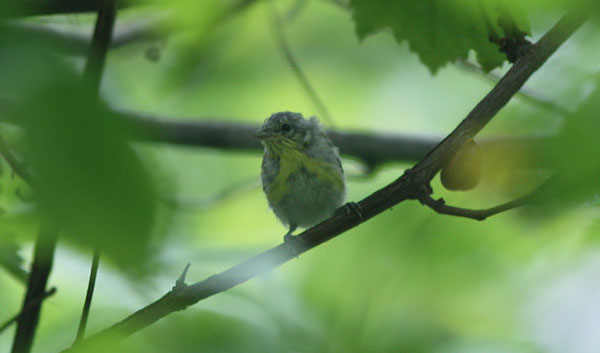
Cerulean Warbler fledgling
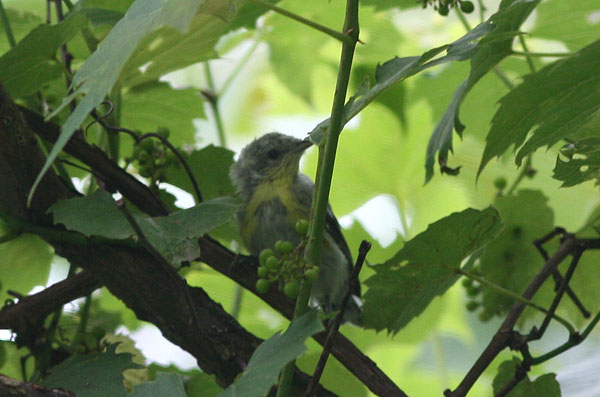
Notice that lovely pale gold chevron on its chest?
Regrettably, I found ceruleans way too elusive for decent photographs. So here’s our latest entry in the ongoing series, Bad Photos of Good Birds:
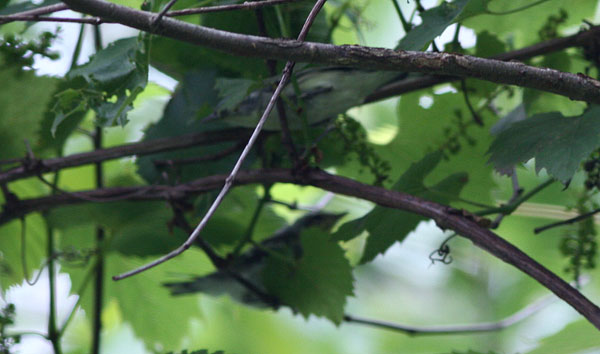
See the ceruleans?
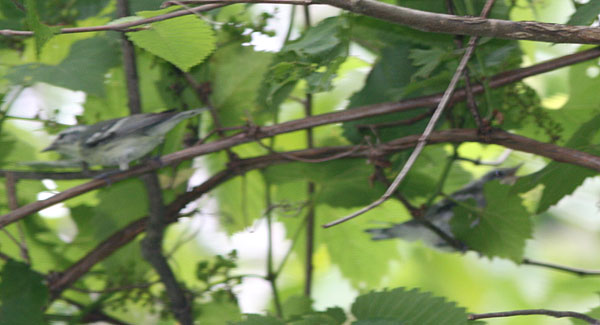
How about here?
While we spent hours enjoying our target species, we did take the time to note other birds, particularly Yellow-throated Vireo, Red-eyed Vireo, Common Yellowthroat, Turkey Vulture, and the aforementioned abundant redstarts.
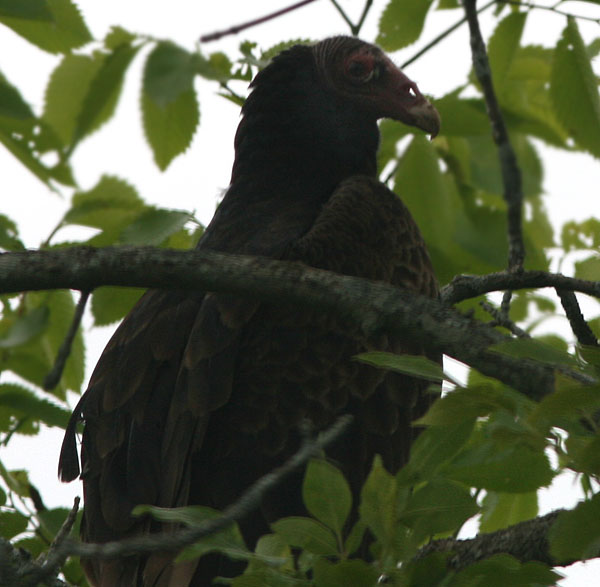
Notice that you can see through the vulture’s nose
We stopped briefly at Owl Woods on our way back to Rochester, not because we really expected owls but just in case we got lucky and flushed a woodcock in the fields. No luck in that regard but the woods did hold plenty of Yellow Warblers, Cedar Waxwings, Song Sparrows, Gray Catbirds, and Indigo Buntings. The insect life was amazing as well though the highlight of the day is obviously of the azure avian persuasion.
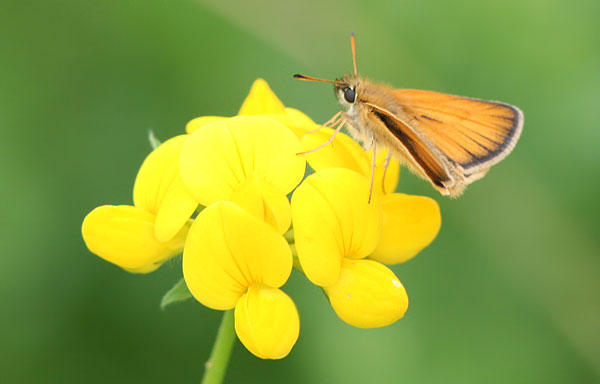
European Skipper (an invasive but very common here)
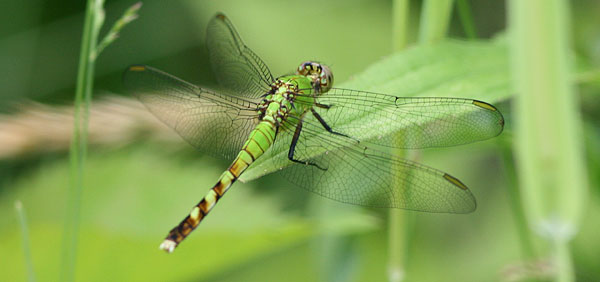
Common Pondhawk (female or immature male)
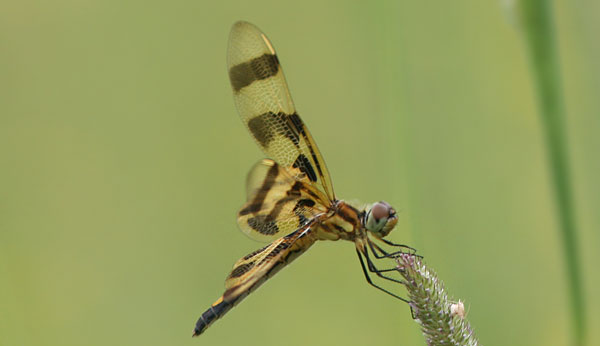
Halloween Pennant flapping in the breeze





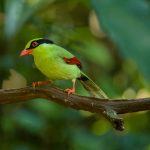
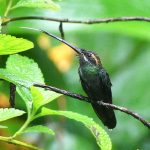
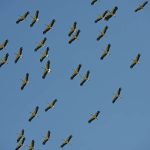
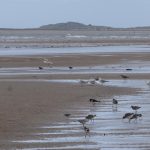

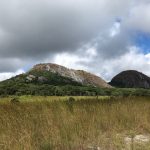

I really enjoyed your photos! The fledgling is so cute! what a find!
Wonderful series. I’m even glad to see the “bad photos of good birds’ selections because I, too, have lots of those. It’s wonderful that you were able to see the fledglings!
Sounds like a great outing, Mike.
The kind that may even have made up for not finding yourself in the midst of a 18-warbler day!
L
I totally missed this post and just found it through I and the Bird. Way to go on the Cerulean!! I tried and tried to find one last week, but didn’t see one. I did hear one four times, but he was far off and hidden. One of these days…